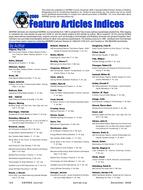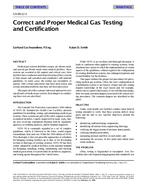There are many computer simulation models designed to predict the air flow and contaminant migration patterns in buildings. The purpose of the research described here was to validate multizone airflow and contaminant migration simulation programs as they apply to the modeling of tall buildings. To do this, a number of tracer gas experiments were performed in a building on the Pennsylvania State University campus. For these tests, up to three non toxic gases were injected into the building in different locations at a constant rate. The concentrations of these gases were then measured in up to twelve zones within the building over time. The measured tracer gas concentrations from these tests were compared to those predicted by a model of the building in an air flow and contaminant migration computer program. To produce an accurate model of the building, it was necessary to accurately determine the parameters used in the model, particularly the flow coefficients and exponents which describe the flow paths within the building and to the outside. The results of this study indicated that it is not practical to use computer air flow and contaminant migration programs to model a building precisely, due to the difficulty in providing accurate parameters for the model. Also, the lack of mixing models in most programs for contaminant distribution within individual zones makes such programs impractical for precise determination of concentrations within a building. Air flow and contaminant migration programs are useful, however, for examining general migration patterns of airflow and contaminants within tall buildings as long as their limitations are acknowledged.
Product Details
- Published:
- 2003
- File Size:
- 1 file , 7.1 MB
- Product Code(s):
- D-28854


